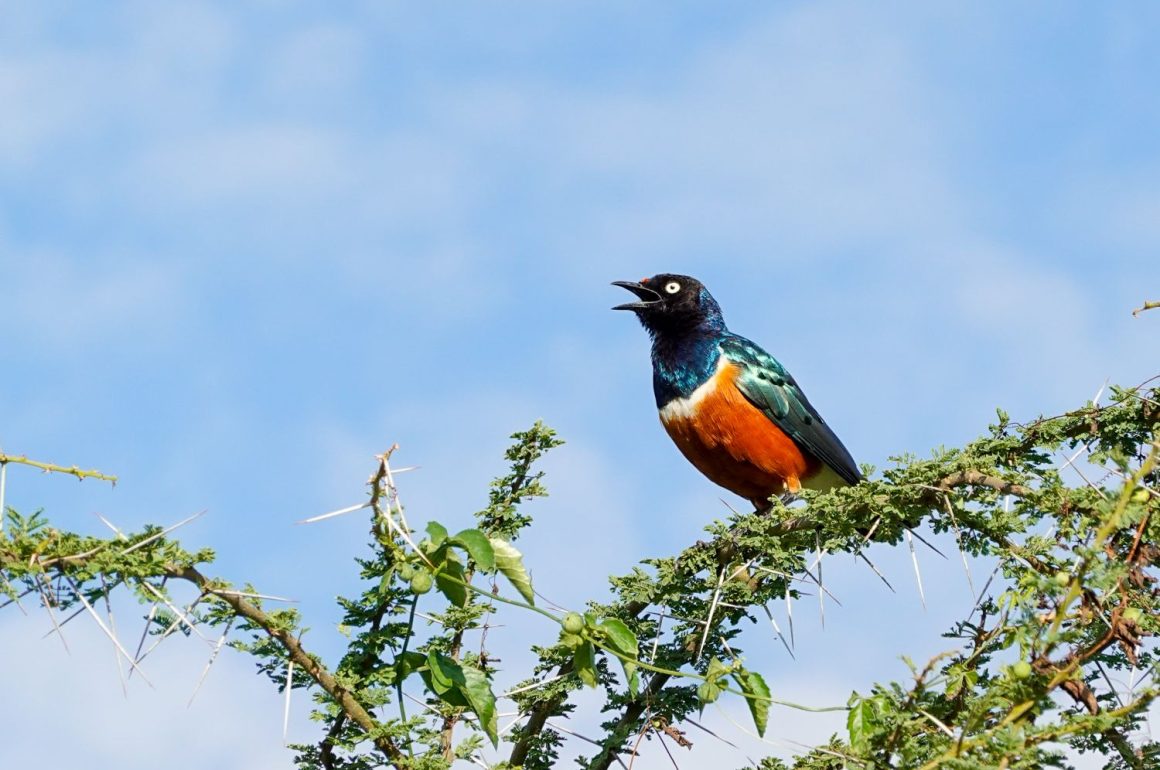
To the reader who is preparing their own birding trip to Tanzania, reading “northeastern” is probably frustratingly vague. At least that is how I am always feeling when I’m trying to find some detailed trip reports on specific sites, only ever to find sentences like “species X was seen calling near town y”. Then again, this is not the type of post you’d look at to prepare a birding trip anyway (advice on how to prepare for birding on a business trip was provided recently by fellow writer Peter).
Anyway, on to the actual contents of this post: birding in northeastern Tanzania. This post covers part of a longer trip that saw me crossing Botswana, Zambia, Tanzania and Kenya by bus and bicycle. Being joined by a friend in Dar-es-Salaam, I could not have been in better company for the first joint section of the trip of which I provide a short account here. We skirted the Usambara mountains along their northern edge, bordering the lowlands of the Mkomazi National Park. As becomes evident from the photos in this post, the landscape in the area we cycled through, when not agricultural lands, was completely dominated by acacias.
Birds however did not find this monotonous, it seems. That includes this Rosy-patched Bushshrike, to me an really beautiful species. To some, it probably only seems to be a rosy throat patch away from being categorised as an LBJ (more on this term in a past post of the same region). I really enjoy how its colouration is in places an eccentric departure from its congeners’ yellow-and-green dominated plumage, while in shape it is immediately recognizable as a bushshrike. Admittedly, one give-away in its plumage is the black throat gorget reminiscent of the Gorgeous Bushshrike, whose song also emanated from the densest thickets along some parts of our route.
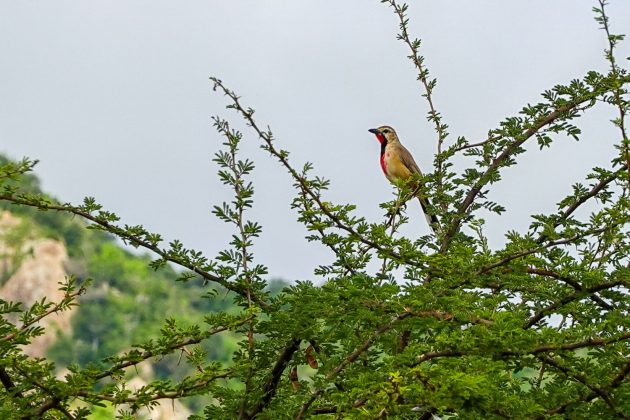
Blue-naped Mousebirds were also an abberation to what I was used to from the mousebird department in southern Africa. I had long hoped to see this bird and the neon blue nape indeed appeared as bright as it does on photos. Small groups of these birds were great fun to watch during their foraging bouts, when they climbed through the dense foliage. Much of the time though, they seemed rather lethargic, passing the time by hanging from some thorny branch.

Some areas were dotted with baobabs, which in places stayed true to their German name “Affenbrobaum” (monkey bread tree), their branches drooping with hordes of baboons enjoying their fruit. When not soaring overhead, one bird that seemed to enjoy the presence of these trees was the Augur Buzzard, which I regularly saw perched on baobabs.
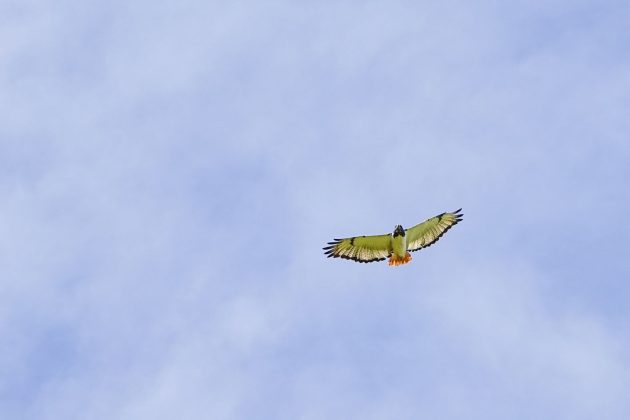
A lifer at the opposite end of the size scale, Red-cheeked Cordonbleus followed a similar pattern as the Blue-naped Mousebird. Very similar to the Southern Cordonbleu I am so familiar with from South Africa, it was fun to see that they just had a small blotch of colour, in this case the red cheek patch, that morphed them from an all too familiar species into one that feels way more exotic.
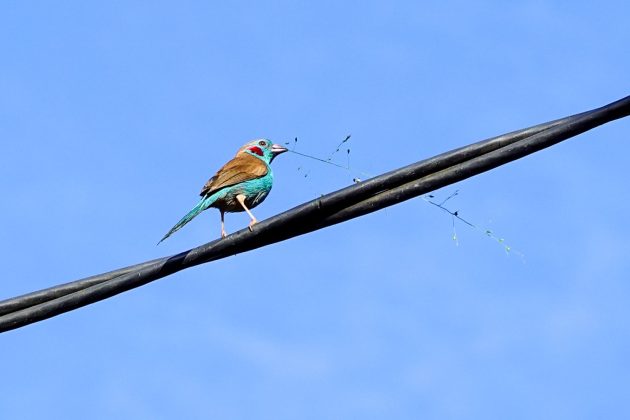
In the evenings, we usually asked the village leaders if we could pitch our tent in their village. Sometimes it took some explaining why on earth we were here with our bicycles, but in the end they were always very accommodating. Mostly we were shown a spot next to a hut where we could pitch our tent, but a few times we also asked for a specific spot, to which they usually agreed.
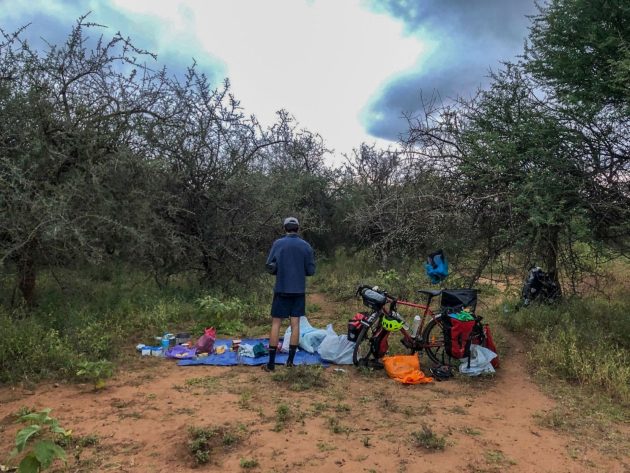
After having completed our circuit of the Usambara and Pare mountains, we were glad to reach the tar road again near Moshi, the gateway to Mt Kilimanjaro, allowing us to progress much faster and without the constant bone-shaking bumps on gravel. However, traffic here was a major nuisance and birds were also few and far in between, which is why we were both happy to escape back into the endless bush around Lake Natron, see my upcoming post!






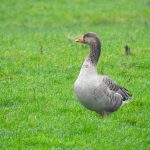

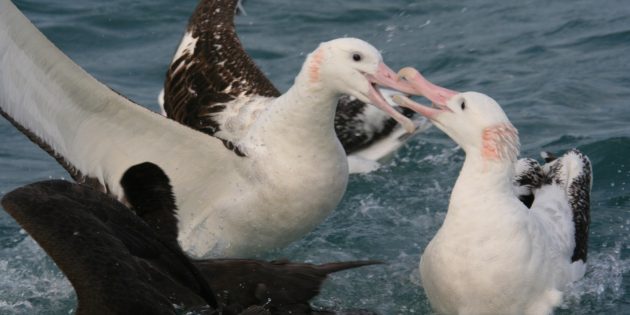
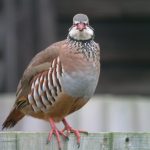
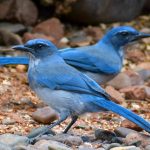
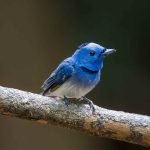
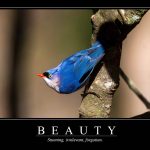
Wonderful feast of recognition!
Wow. Great birds! Though being approximately 40 years older than Luca, I want to see these birds from the windows of a luxury tour bus, not from the saddle of a bike …
Thank you! I also sometimes missed that comfort… Although I have to say that cycling is a pretty decent mode of transport for birding. Only issue is you have to fumble around quite a bit until you’ve reached your bins that eight out of ten times, the bird is already gone.